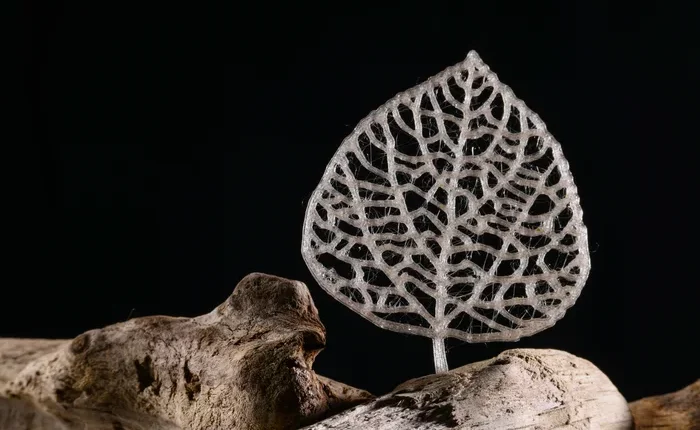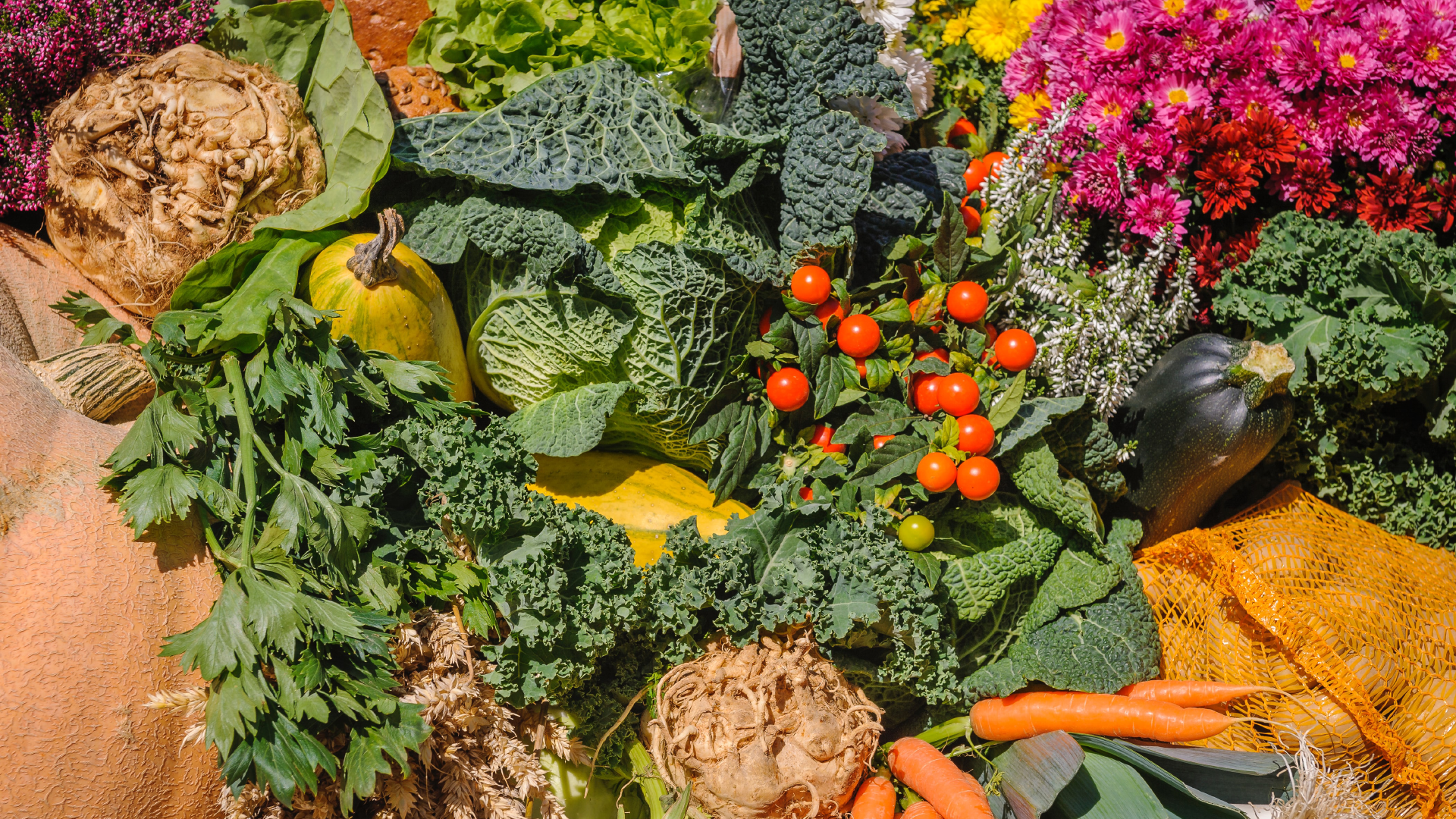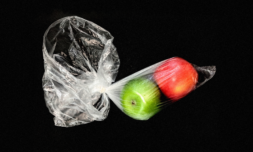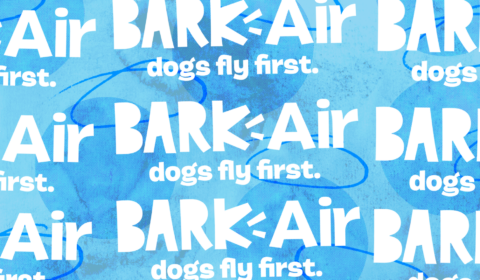Scientists have created a new type of plastic made from organic plant waste. It could be used to make packaging, textiles, medicine, and even electronics.
Life in plastic, it’s fantastic… yeah, that didn’t age too well.
Reducing our reliance on fossil fuels and the plastics created from them has been identified as one of the most effective and immediate ways to slow climate change. But ditching them won’t be easy.
Finding an alternative that is equally (if not more) durable, cost-effective, easily to process, and versatile as traditional plastic is a challenge that has required much experimentation over the past decade.
Ocean plants and algae have been put forward as a possible dupe for plastic wrappers and straws, but their water-soluble properties make them unable to withstand moisture for long periods, knocking them out of the running as a permanent solution.
Thanks to a new discovery in a Switzerland-based laboratory, it looks like there is hope on the horizon. Students have used their knowledge of chemistry to develop a plant-based material that is strong enough to use as packaging, textiles, medicine, and electronics.






















